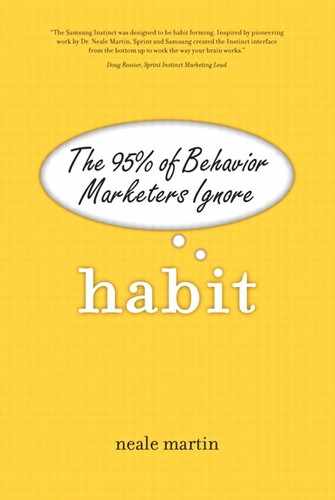Loss of Customers
Similar to the high cost of new product failure, losing existing customers is a chronic problem for most companies. Retention is critical for corporate profitability, but many companies routinely lose 20% of their customers a year, and better-performing organizations report losing 50% every five years. The cost of defections is harmful to both a company’s top and bottom lines. The wireless industry provides an excellent example.
The cost of acquiring a wireless user in the United States averages between $300 and $450. That cost includes subsidizing handsets, paying distribution channel partners, running company-owned retail stores, and marketing. In the United States, the three leading wireless service providers have more than 175 million customers combined. Churn (industry-speak for the pace of customer defection) typically runs from 1% to 2% a month. If we take a middle figure of 1.5%, that represents a loss of more than 2.6 million customers a month, at a minimum replacement cost of $787 million monthly, or more than $9 billion annually.
The wireless industry also provides an excellent example of the profitability of keeping customers as long as possible. When those acquisition costs have been offset, wireless customers represent substantial margins because the incremental costs of voice and data services are very low.
But the wireless industry, similar to many others, has a long track record of treating noncustomers better than existing customers. In an effort to woo new customers, wireless providers traditionally give far better deals on phones and contracts to noncustomers than to those who have been with the company the longest. Only after an established customer defects do providers launch a “win back” campaign, in which they spend far more than what it would have cost them to keep the customer in the first place.
To hold on to customers, many companies have instituted expensive customer satisfaction and loyalty programs. Although these programs originally created a strategic advantage for pioneers—notably American Airlines and Marriott hotels—their very success has forced competitors to copy them. Now every major airline and most hotel chains offer significant rewards for frequent use. The same is true for grocery and other retail stores. What was once a major differentiator is now a costly requirement for doing business. These programs create spurious loyalty, at best.
